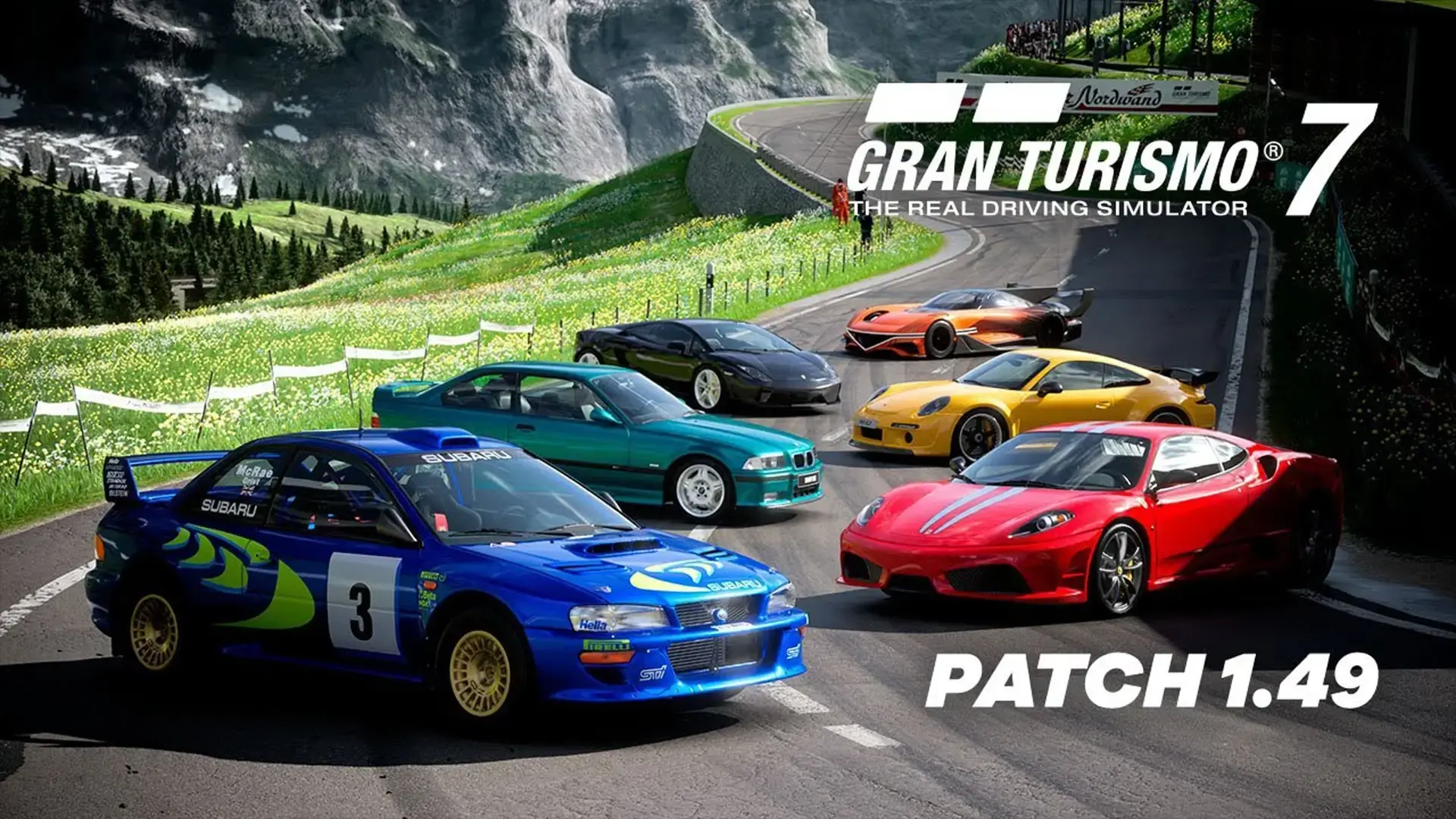The Eiger Nordwand circuit, set against the striking backdrop of the Swiss Alps, is one of the most celebrated tracks in Gran Turismo history. Known for its tight corners, dramatic elevation changes, and technical challenges, this track tests even the most experienced drivers. For racing enthusiasts who also appreciate real-world performance vehicles, the Porsche 992.2 911 Turbo S hybrid is a modern example of engineering precision.
The return of Eiger Nordwand in Update 1.49 blends nostalgia with modernized gameplay, ensuring that longtime fans experience the thrill they remember, while newcomers enjoy a fresh, immersive racing challenge. Its precise cornering demands and high-speed straights make it a standout track for both single-player and online competitions. Gamers curious about futuristic car concepts may also enjoy reading about the Cupra Tindaya Concept.
Pro Tip: Cars with strong handling and downforce, such as the Ferrari 430 Scuderia or RUF RGT 4.2, are highly recommended to navigate the track’s sharp bends effectively. Adjust suspension and tire setups for optimal performance on this mountainous circuit. For a deeper look at real-world tuning and performance, see our guide on strangest performance cars that push limits.
Six New Cars Expand GT7’s Garage
Update 1.49 introduces a diverse selection of vehicles, catering to a broad spectrum of racing enthusiasts:
- Ferrari 430 Scuderia (2007) – Lightweight, track-focused F430 variant with razor-sharp handling and acceleration.
- BMW M3 E36 (1997) – Balanced and precise, ideal for tight-corner racing and classic circuit events.
- Lamborghini Gallardo LP 660-4 (2008) – High-performance supercar with advanced aerodynamics and aggressive styling.
- Genesis X Vision Gran Turismo Concept – Futuristic EV showcasing innovative design and performance technology. Enthusiasts can explore other forward-thinking EV concepts like the 2027 Mercedes-Benz GLC EV.
- Subaru Impreza Rally Car (1998) – Off-road capable rally icon, embodying Subaru’s racing heritage.
- RUF RGT 4.2 (2016) – Lightweight, agile, and precise, perfect for high-performance handling.
These cars integrate seamlessly into the GT7 Garage, allowing players to tune, upgrade, and race them across career events, competitive online modes, and seasonal challenges. Similar real-world performance tuning can be seen in vehicles like the Brabus Rocket GTC.
Physics and AI: Elevating Realism
Polyphony Digital’s commitment to authentic driving experiences is evident in the physics and AI improvements included in this update.
- Enhanced Tire Dynamics: Vehicles respond more realistically under varying conditions, from wet tracks to high-speed corners.
- Smoother Handling: Improved suspension and steering feedback deliver precise control.
- Refined Braking & Acceleration: Adjustments to car responsiveness create a faithful simulation of real-world driving physics.
The Sophy AI system now covers full courses such as Autodrome Lago Maggiore and the Nürburgring 24h layout, ensuring that single-player opponents provide challenging, lifelike competition. For players seeking inspiration from legendary race cars, check out the Mercedes-AMG GT2 Edition W16.
Expert Insight: Drivers aiming to excel on complex tracks like Eiger Nordwand should fine-tune suspension stiffness, brake bias, and tire pressure to maximize lap times.
Customization and Michelin Tires: Fine-Tuning Performance
Update 1.49 introduces Michelin-branded tires, expanding tuning options and providing more realistic grip across various conditions. Players can now customize setups down to tire pressure and suspension adjustments, enhancing both performance and control. Similar customization principles are applied in the Mitsubishi EVO FQ-400.
Customization also extends to aesthetics, with new liveries and decals that let players express their personal style both online and offline. This combination of performance and personalization reinforces GT7’s reputation as a premier racing simulator.
Community Reactions and Industry Impact
The GT7 community has welcomed Update 1.49 enthusiastically. Discussions focus on:
- Mastering Eiger Nordwand’s demanding layout.
- Optimizing the new cars for competitive racing.
- Comparing GT7’s physics with real-world driving dynamics, such as those seen in the McLaren Senna GTR.
Experts note these updates set a new benchmark for racing simulators, blending realism, accessibility, and depth, potentially influencing esports and automotive-inspired gaming development.
What’s Next for Gran Turismo 7
Looking ahead, Polyphony Digital is expected to expand GT7 with additional DLC, classic tracks, and rare cars from the 1970s and 1980s. Fans also anticipate enhancements in multiplayer modes, esports integration, and seasonal challenges, cementing GT7’s status as a comprehensive racing platform.
Conclusion: Driving Into the Future
Gran Turismo 7 Update 1.49 delivers a substantial boost to the franchise, combining nostalgic tracks, cutting-edge vehicles, and enhanced realism. This update revitalizes gameplay while demonstrating Polyphony Digital’s commitment to innovation. GT7 remains a benchmark for simulation fidelity and player engagement in 2025 and beyond.
 Gran Turismo 7 update 1.49 delivers six new cars, the iconic Eiger Nordwand track, and enhanced physics, revolutionizing gameplay for both newcomers and seasoned racers. This update deepens the driving experience with smarter AI, improved tire dynamics, and extensive customization options. For fans interested in other cutting-edge gaming experiences, check out
Gran Turismo 7 update 1.49 delivers six new cars, the iconic Eiger Nordwand track, and enhanced physics, revolutionizing gameplay for both newcomers and seasoned racers. This update deepens the driving experience with smarter AI, improved tire dynamics, and extensive customization options. For fans interested in other cutting-edge gaming experiences, check out 
